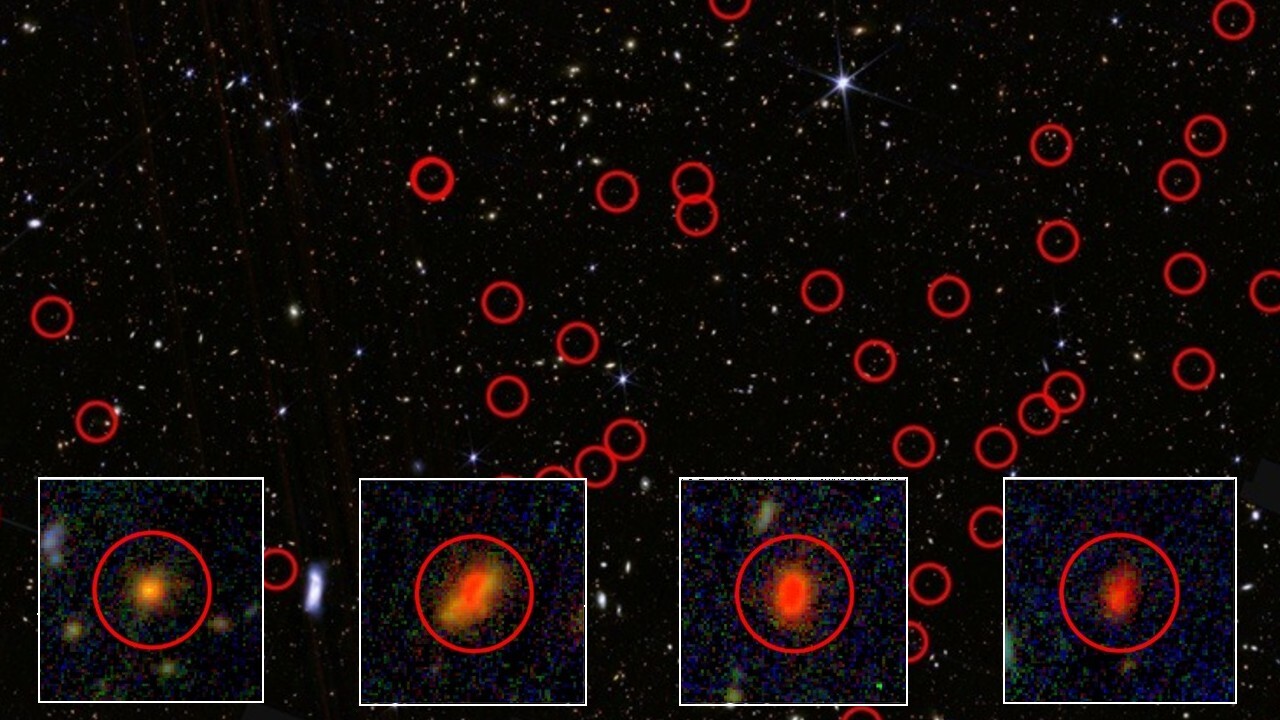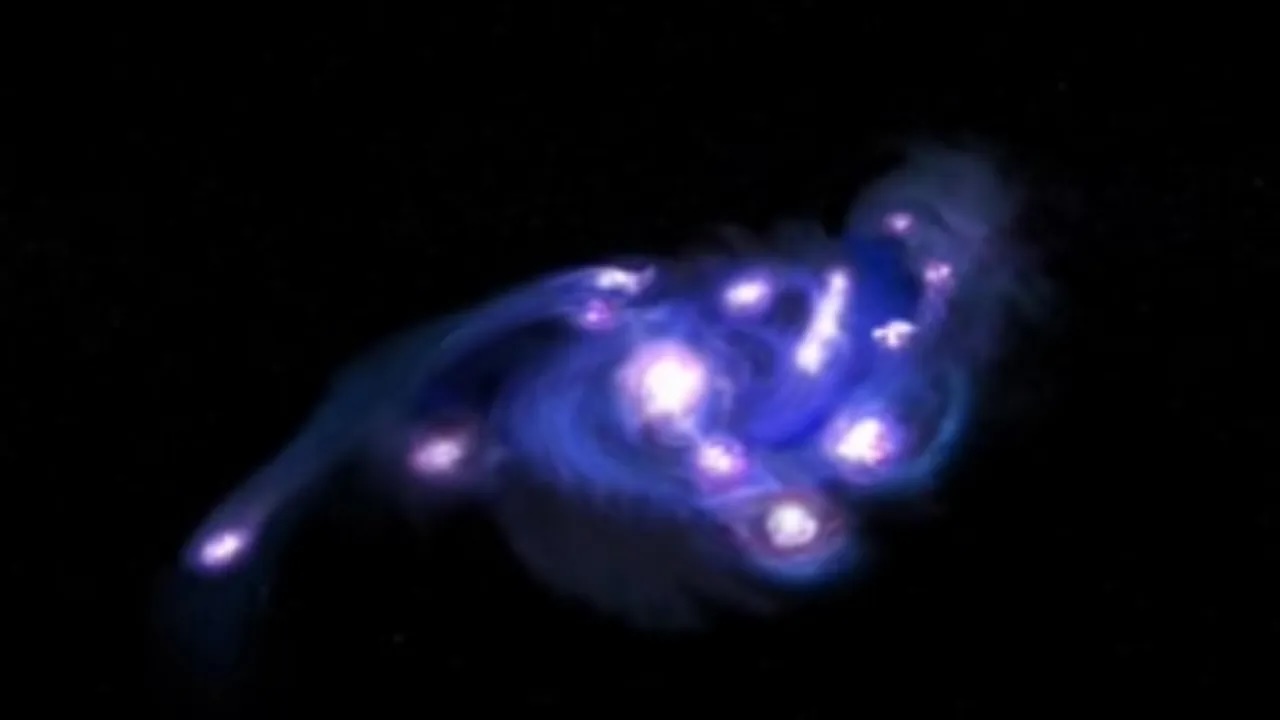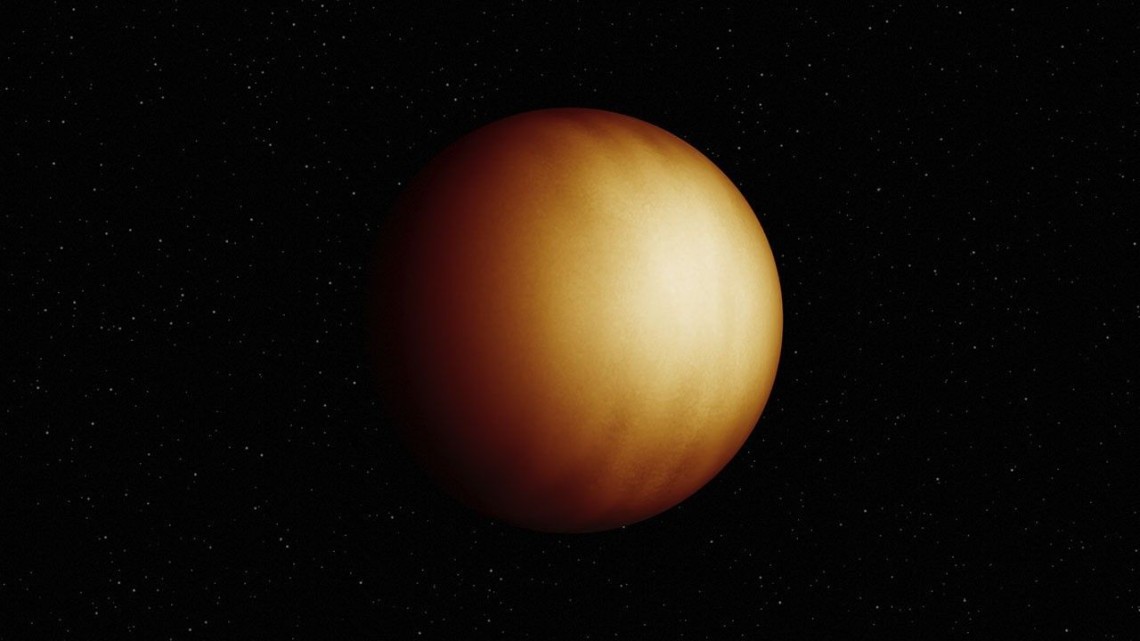James Webb Space Telescope
Latest about James Webb Space Telescope
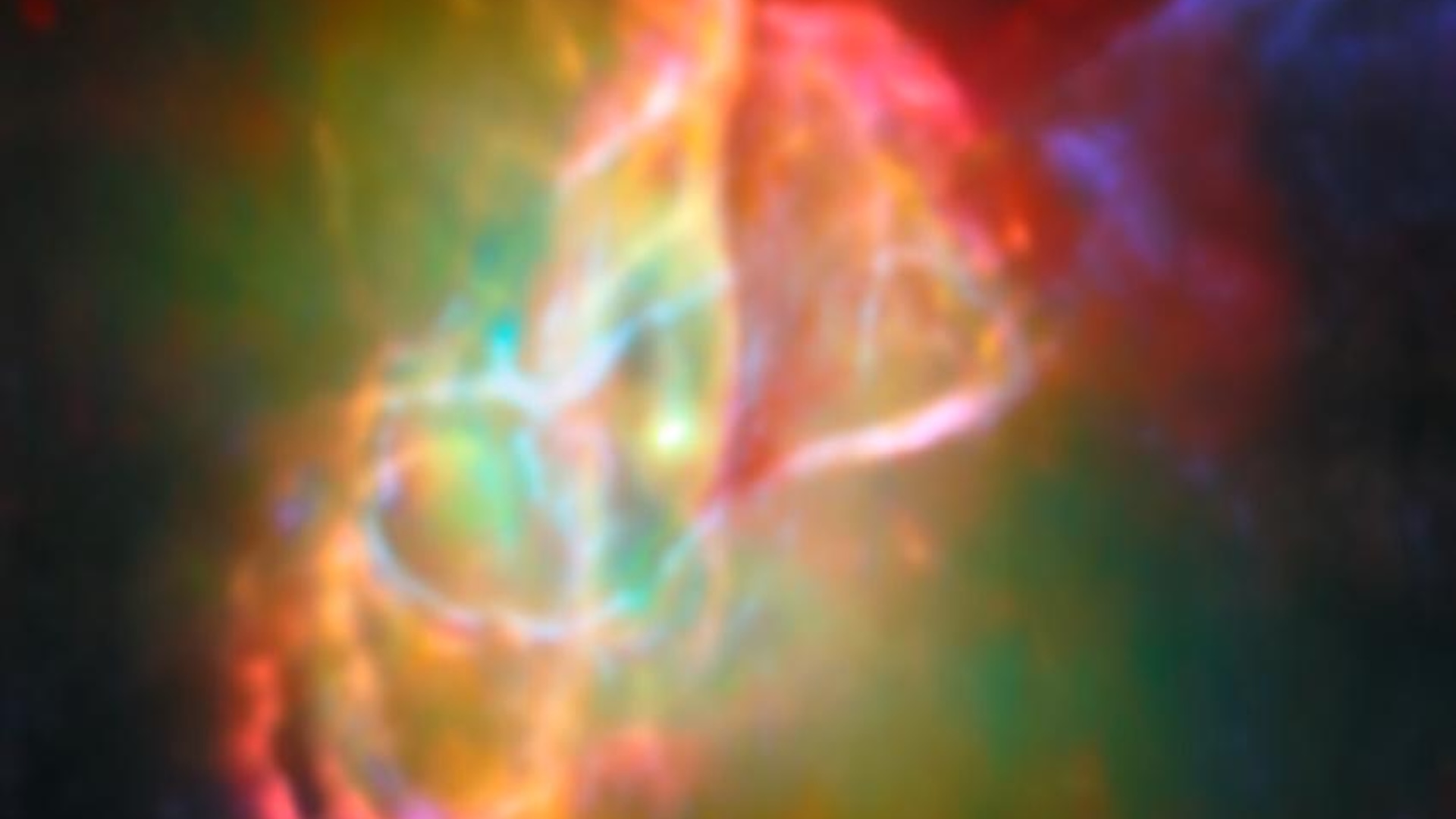
'Butterfly Nebula' spreads its wings in dazzling new James Webb telescope image
By Brandon Specktor published
In a dazzling new photo, the James Webb Space Telescope zooms in on the Butterfly Nebula — the dying gasps of one of the hottest stars in the sky, which could hold clues to Earth's origins.
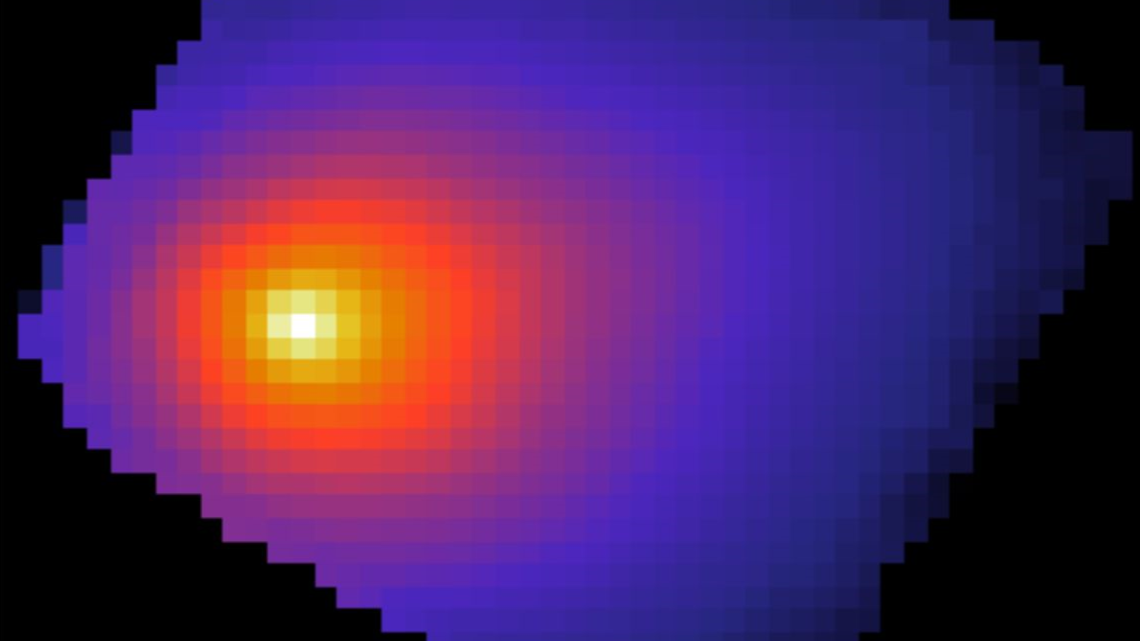
James Webb telescope images reveal there's something strange with interstellar comet 3I/ATLAS
By Patrick Pester published
NASA's James Webb Space Telescope has made its first observations of interstellar comet 3I/ATLAS, revealing that the comet appears to be unusually rich in carbon dioxide.
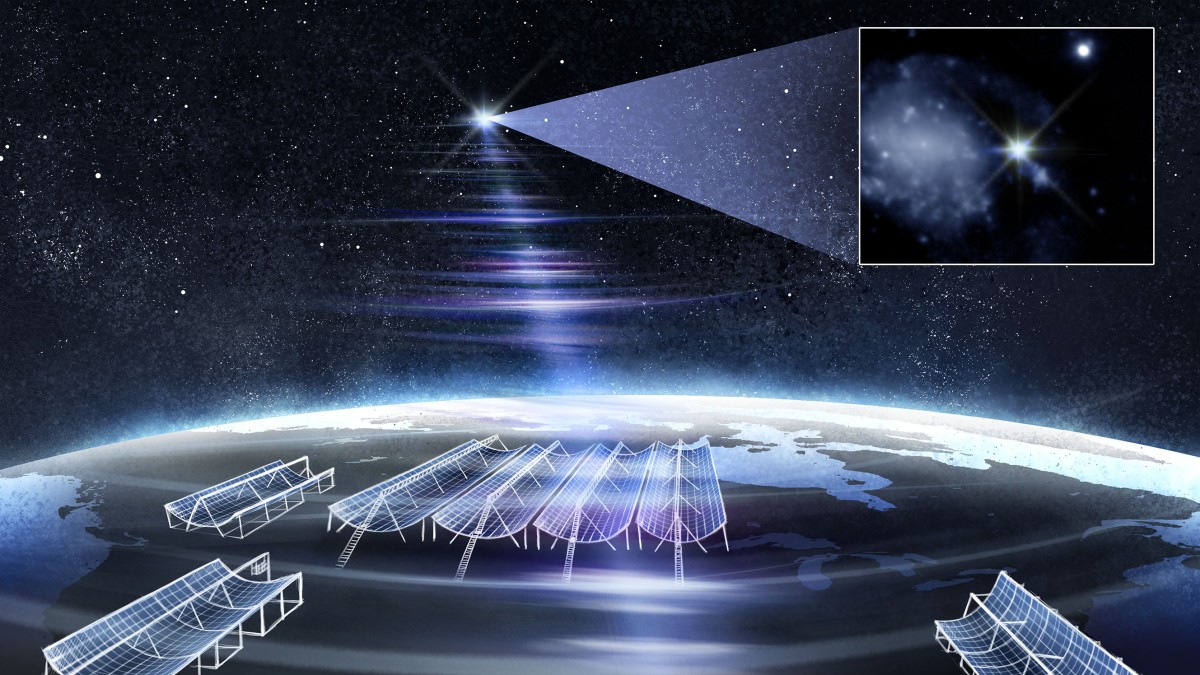
James Webb telescope pinpoints brightest FRB ever detected
By Brandon Specktor published
Astronomers using the James Webb telescope alongside Canada's CHIME telescope have pinpointed the origin of one of the brightest blasts of radio energy ever detected in Earth's skies.
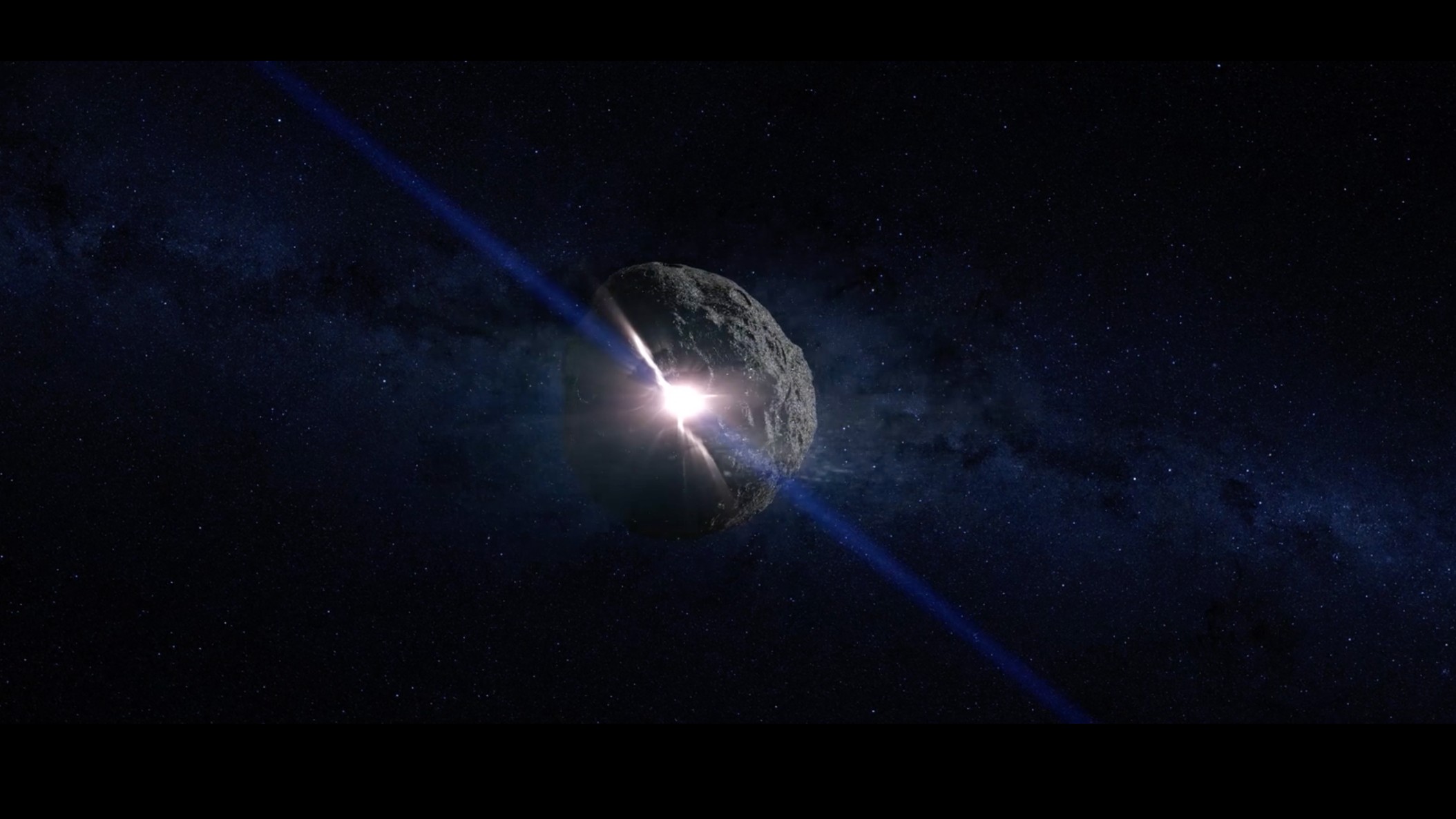
Asteroids Bennu and Ryugu may be long lost siblings, JWST hints
By Harry Baker published
New data from the James Webb telescope suggests that Bennu and Ryugu — two asteroids recently visited by sample-return missions — are both fragments of a single massive "parent".
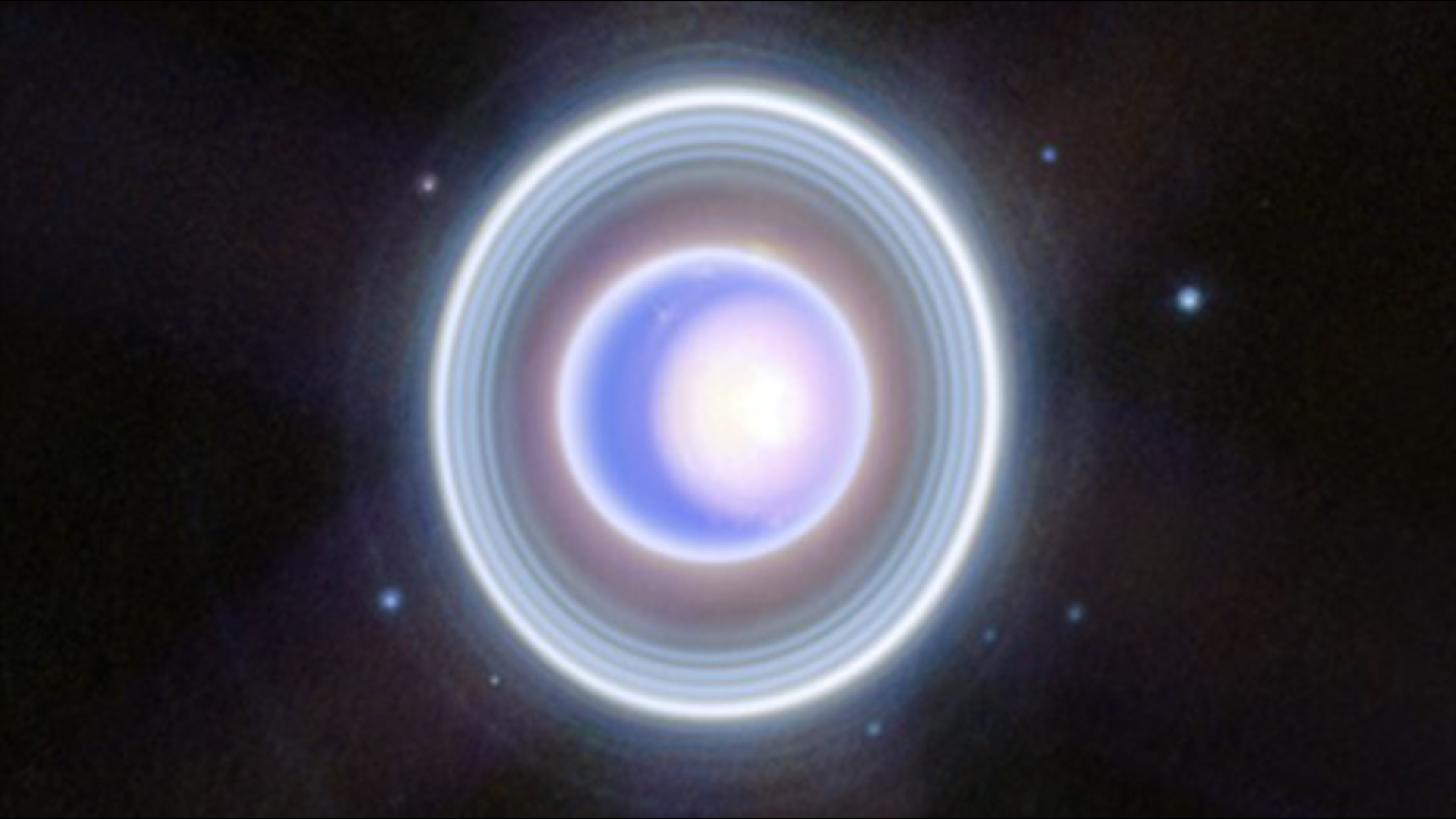
Uranus has a new, hidden moon, James Webb Space Telescope reveals
By Ben Turner published
Uranus' 29th moon was hidden inside the planet's dark inner rings, new observations from the James Webb Space Telescope reveal.
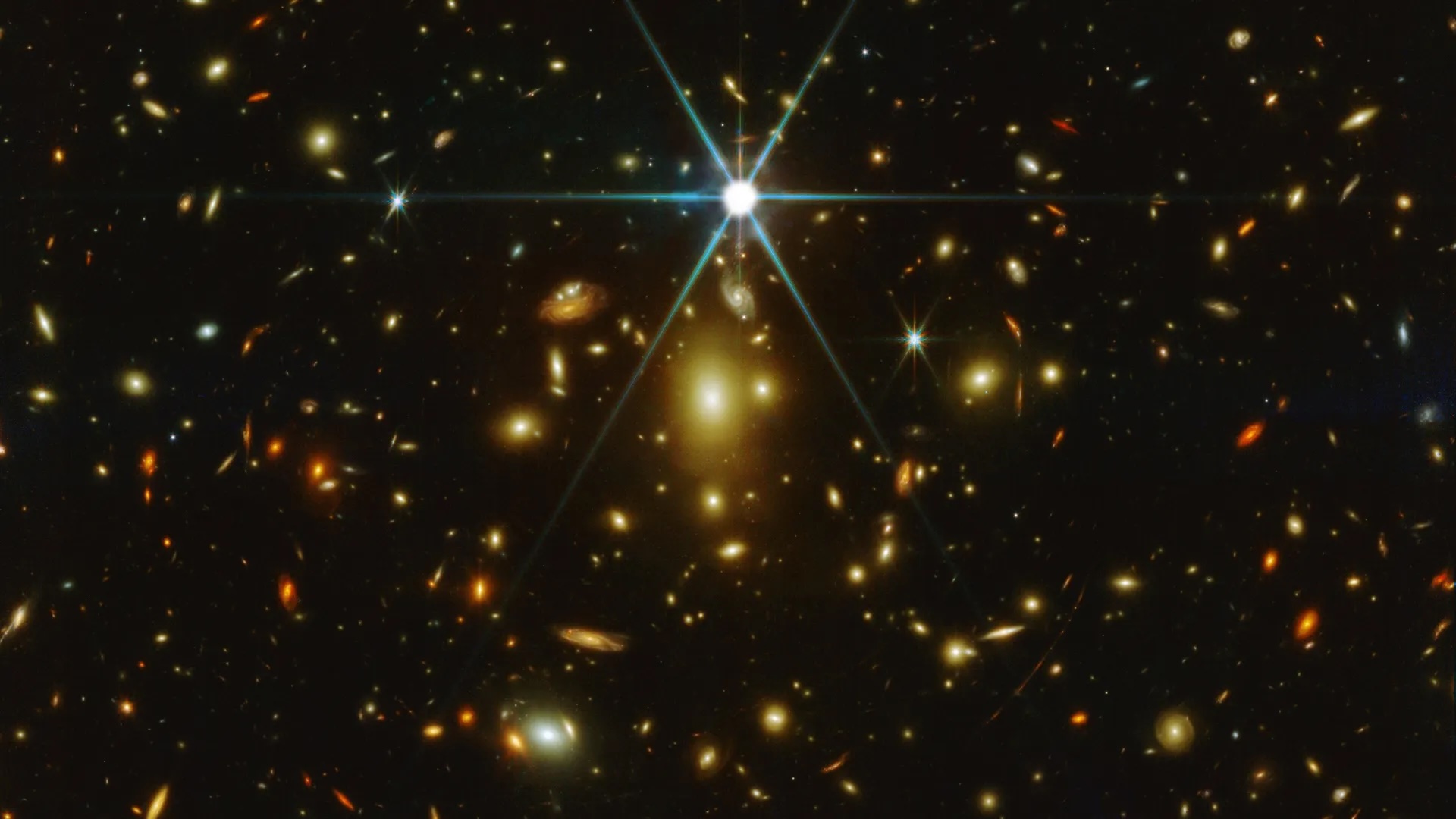
Oops! Earendel, most distant star ever discovered, may not actually be a star, James Webb Telescope reveals
By Shreejaya Karantha published
Astronomers used the James Webb Space Telescope to investigate whether the most distant star identified in the universe is, in fact, a star cluster.
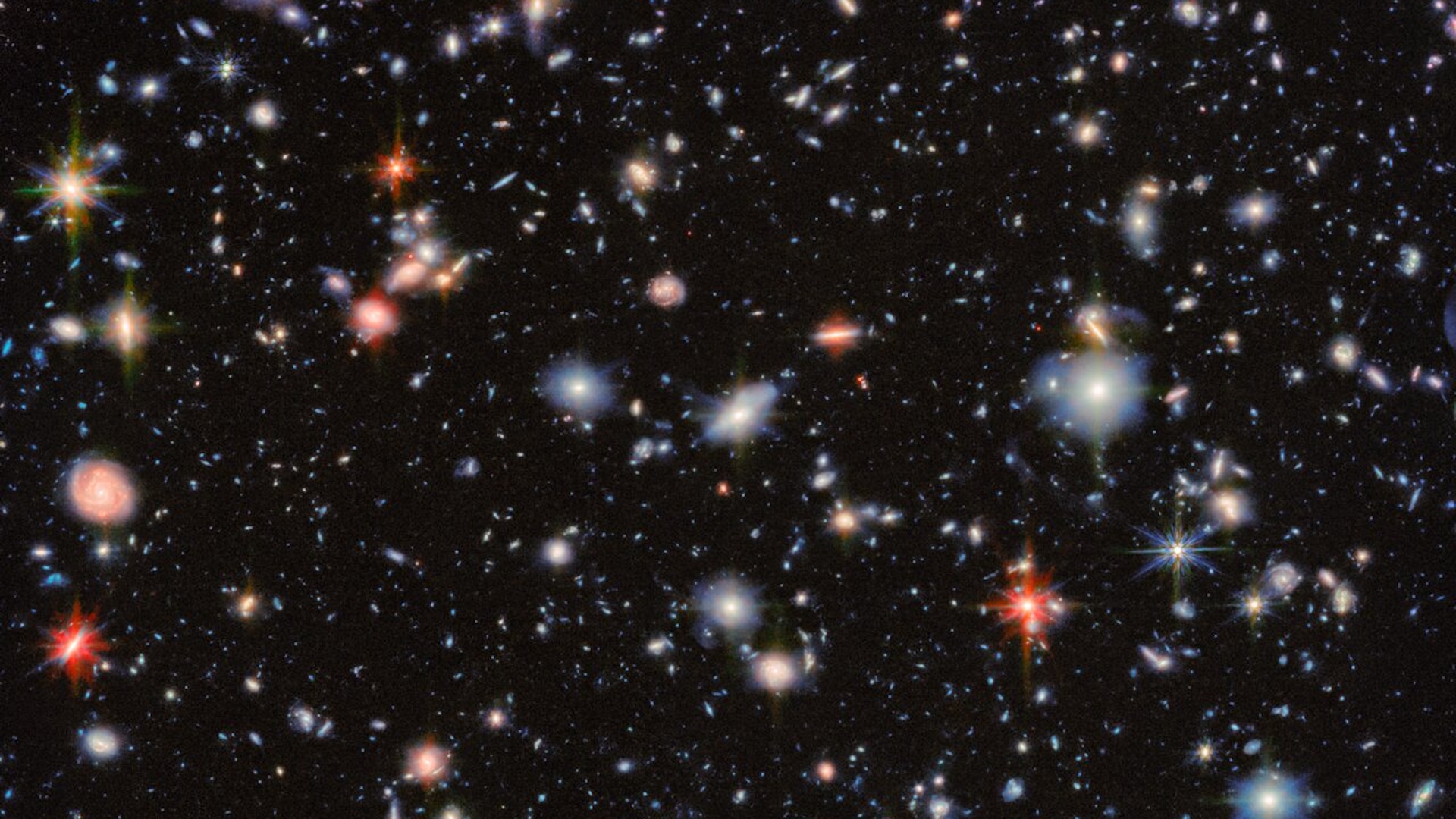
James Webb telescope captures one of the deepest-ever views of the universe — Space photo of the week
By Jamie Carter published
The James Webb telescope's 100-hour reexamination of one of Hubble's most iconic extragalactic images reveals extraordinary new details.
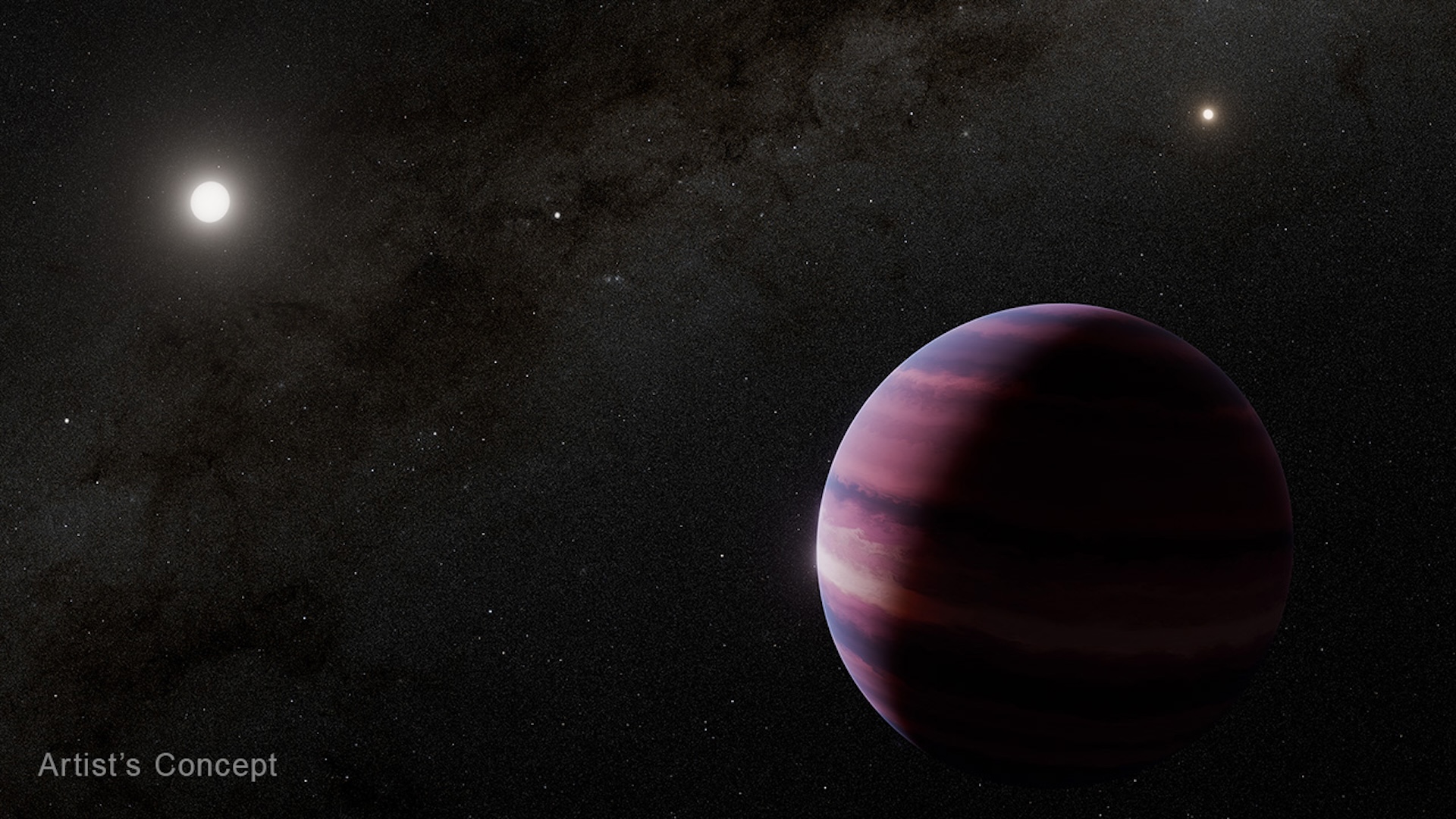
'The most significant JWST finding to date': James Webb spots — then loses — a giant planet orbiting in the habitable zone of our closest sun-like star
By Elizabeth Howell published
Alpha Centauri may have a "disappearing planet', new James Webb Space Telescope observations hint. If confirmed, it could be the closest alien planet to Earth that orbits in its star's habitable zone.
Get the world’s most fascinating discoveries delivered straight to your inbox.
